Your cart is currently empty!
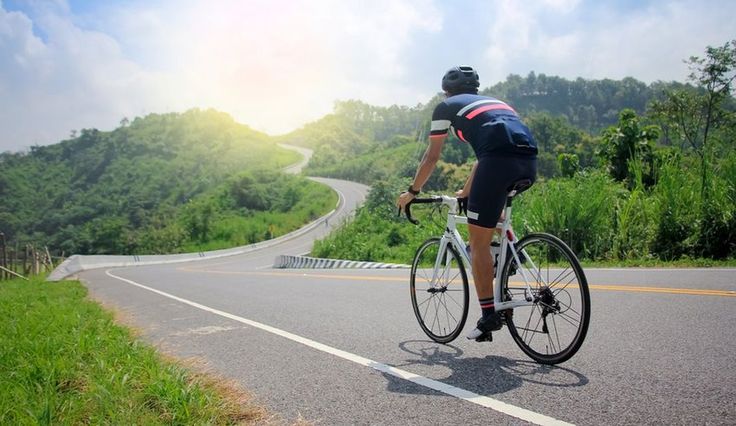
Why Should You Give More Space to Bicyclists, Pedestrians, and Motorcyclists in Bad Weather? Bad weather conditions—whether it’s rain, snow, fog, or strong winds—significantly impact the safety of everyone on the road. While drivers of enclosed vehicles benefit from advanced safety features, such as windshield wipers, anti-lock brakes, and climate control, vulnerable road users like bicyclists, pedestrians, and motorcyclists lack these protections. Giving them more space in bad weather is not just a courteous act but a vital safety practice. Here’s why
1. Limited Visibility Makes Them Harder to Spot so Why Should You Give More Space to Bicyclists, Pedestrians, and Motorcyclists in Bad Weather?
- Driver Challenges: Rain, snow, and fog reduce visibility, making it difficult to see bicyclists and pedestrians, especially if they are wearing dark clothing or do not have proper reflectors or lights.
- Vulnerable Users’ Challenges: Motorcyclists and cyclists also experience reduced visibility due to water or fog accumulating on their visors or glasses.
By providing more space, you ensure that sudden movements or changes in their trajectory don’t catch you off guard.
2. Slippery Surfaces Increase the Risk of Falls
- For Cyclists: Wet roads, fallen leaves, and icy surfaces make it harder for bicyclists to maintain control, especially during turns or when stopping.
- For Pedestrians: Slippery sidewalks and crosswalks increase the likelihood of pedestrians slipping and accidentally stepping into traffic.
- For Motorcyclists: Motorcycles have a smaller contact patch with the road compared to cars, making them more prone to skidding on wet or icy roads.
Giving extra space allows them to recover from a potential fall or loss of balance without putting them in immediate danger from your vehicle.
3. Strong Winds Can Push Them Off Course
- Wind Impact: High winds can make it challenging for bicyclists and motorcyclists to stay steady, particularly on bridges or open roads. Sudden gusts can push them into adjacent lanes or closer to vehicles.
- Vehicle Buffeting: Large vehicles, such as trucks and buses, can create wind turbulence, which exacerbates the problem for these vulnerable users.
Maintaining a larger buffer zone ensures that unexpected shifts in their position don’t lead to collisions.

4. Longer Braking Distances for Everyone
- For Drivers: Wet or icy roads extend the stopping distance of all vehicles. Even with advanced braking systems, the risk of rear-ending someone increases.
- For Vulnerable Users: Cyclists and motorcyclists may need to brake suddenly to avoid puddles, potholes, or other obstacles. Pedestrians may also dart unpredictably across the road to avoid getting drenched or because they misjudge the timing.
By keeping more distance, you allow yourself ample time to react to their movements.
5. Reduced Reaction Time in Poor Conditions
- Driver Fatigue and Stress: Bad weather often causes stress and slower reaction times for drivers. Mistakes, such as delayed braking or steering corrections, are more likely.
- Erratic Movements by Vulnerable Users: Cyclists and motorcyclists might swerve to avoid hazards like puddles, debris, or icy patches, while pedestrians might rush to reach shelter.
Allowing more room minimizes the risk of accidents caused by split-second misjudgments.
6. Protecting the Vulnerable
- Lack of Physical Protection: Unlike car occupants, cyclists, motorcyclists, and pedestrians have minimal protection in a crash. Even a minor impact can lead to severe injuries.
- Moral Responsibility: As drivers, it is our responsibility to protect those who are most at risk. Creating a safe environment for all road users ensures a more harmonious and secure road system.
Practical Tips for Drivers in Bad Weather so Why Should You Give More Space to Bicyclists, Pedestrians, and Motorcyclists in Bad Weather?
- Increase Following Distance: Stay at least three to five seconds behind bicycles, motorcycles, and pedestrians, extending further if conditions are particularly hazardous.
- Reduce Speed: Drive slower to give yourself more time to react to sudden changes.
- Be Patient: Avoid aggressive overtaking and respect their need for extra space to maneuver safely.
- Use Low Beams in Fog: High beams can reflect off fog, making visibility worse and dazzling others.
- Check Blind Spots: Bicyclists and motorcyclists can be harder to spot in bad weather, so always double-check before changing lanes.
- Yield at Crosswalks: Pedestrians might move slower in wet or icy conditions, so give them extra time to cross.
Conclusion about Why Should You Give More Space to Bicyclists, Pedestrians, and Motorcyclists in Bad Weather?
Bad weather makes the roads riskier for everyone, but bicyclists, pedestrians, and motorcyclists face the greatest dangers. By giving them extra space, you help mitigate the risks posed by slippery roads, reduced visibility, and unpredictable conditions. Small adjustments in your driving behavior can save lives and prevent accidents. Remember, sharing the road responsibly is not just a legal obligation—it’s a moral duty. Stay alert, drive cautiously, and prioritize the safety of everyone on the road.
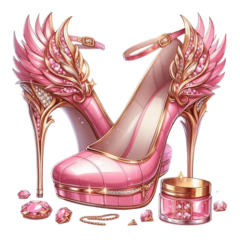



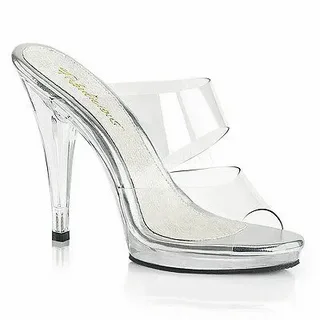
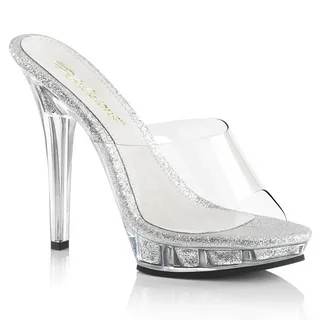
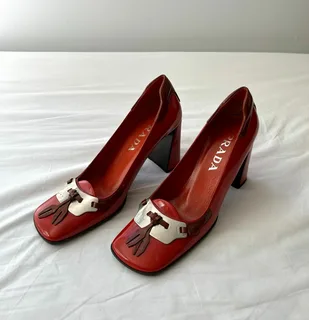
Leave a Reply